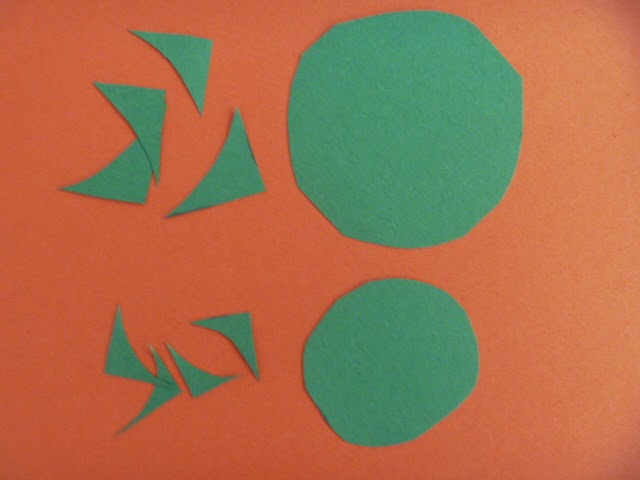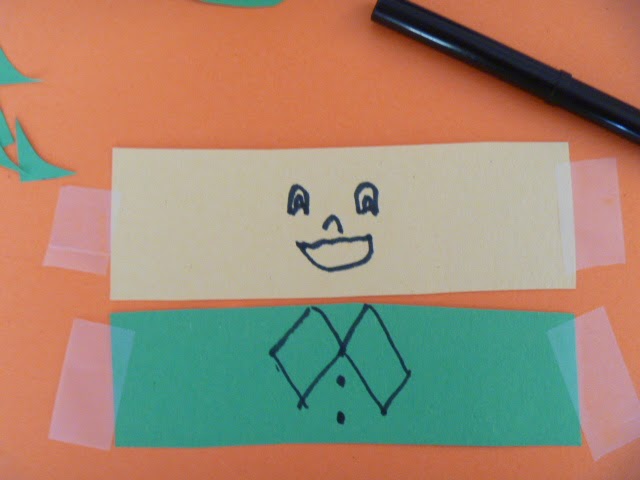Start this craft at least three days before Easter!
I like the idea of hiding paper-mache eggs instead of real ones because every-once-in-a-while the Easter Bunny so cleverly hides a few eggs that no one finds them. Finding rotten eggs is never pretty, so I thought I could keep the colored hard boiled eggs in the refrigerator this Easter, and send a message to the Easter Bunny to hide paper-mache eggs instead. So far my family likes this idea.
If we decide to keep the paper-mache eggs until next year, we could use the same eggs again, or coat over the construction paper with new designs with construction paper or paint. That way the production line of the paper-mache undercoats only has to take place once. Or we could add new paper-mache eggs to our collection each year and have endless egg hunts--inside that is. Paper-mache eggs probably wouldn't do well hidden in dewy grass.
Here's the production line I made:
.jpg) |
| Crunch up twelve pages of newspaper into twelve egg shapes |
Mix paste potion using one part white glue and two parts water. A small, clean yogurt container works well for this. Mixing with a plastic folk ensures a smooth potion.
Then dip strips of newspaper in the paste potion and wrap the strips around the egg shaped wads of newspaper.
 |
| Production line for a dozen paper-mache Easter eggs |
As I reach the end of a coat, I like to sop-up the glue which has dripped onto my plastic lid (parchment paper works well too) with the strips of paper and do clean-up and finish-up all at once.
 |
| Production line for a dozen paper-mache eggs--sopping up extra paste |
I like using plastic storage box lids or parchment paper as a work-area because I can move these out of the way easily for the eggs to dry overnight, and the eggs don't stick to the plastic or the parchment paper.
Two coats of paste soaked newspaper strips is usually a good base for decoration. Let each coat thoroughly dry overnight.
Ready for Decorating
Rip-up strips of construction paper in a variety of colors.
 |
| Strips of construction paper to decorate paper-mache eggs |
For poka-dots, use a hole punch.
 |
| Use a hole punch for dot decorations |
I like to lay the strips out and spoon the paste potion over them, so they can soak up the moisture and become more pliable. Since construction paper is thicker than newspaper, it may not stick to the egg well if it isn't soaked thoroughly.
 |
| Soaking construction paper strips with paste potion |
Decorate
 |
| Decorated paper-mache eggs--as you can see, we made our eggs different sizes |
























.jpg)




























